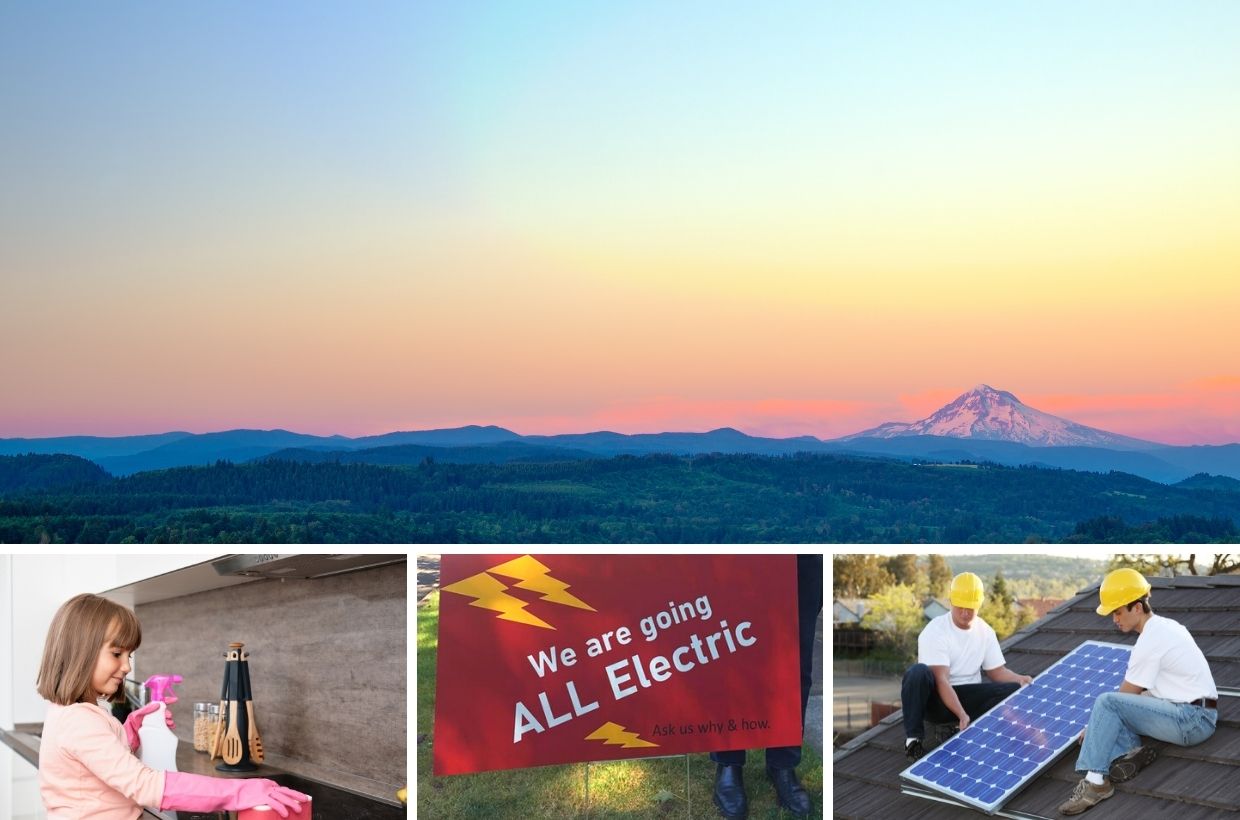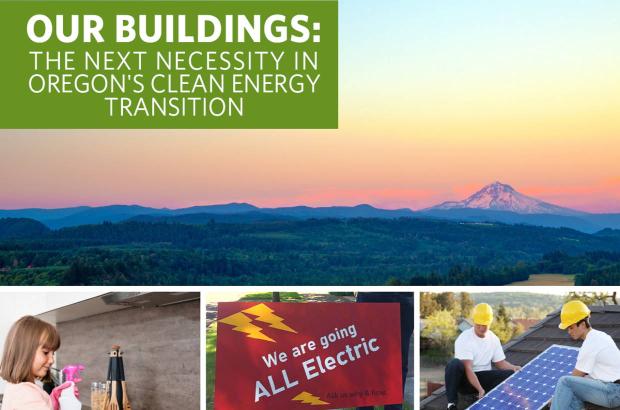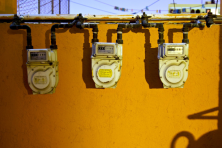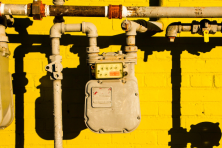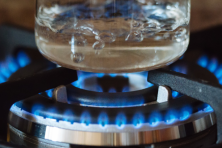We all felt it. In June, the temperatures across Oregon soared to historic levels 108, then 112, then an unimaginable 116 degrees over three days. This was a searing experience for everyone, but it was also a deadly tragedy for more than 100 Oregonians and over 500 people who died during the Pacific Northwest heat wave.
The heat wave was a wake-up call that we need to do a lot more to address the climate crisis more quickly. As many Oregonians have tried to find relief from the heat and wildfire smoke inside, it became clear that part of our response needs to address our homes and other buildings, as they play a huge role both in driving the climate crisis and in providing resilience from its worst harms.
Most Oregonians who tragically died during the heatwave were elderly and did not have access to air conditioning or other solutions that pump the heat out of homes to create comfortable and survivable housing. Half of those who died lived in multi-unit apartment buildings. Some victims, like farmworker Sebastian Francisco Perez, were expected to work outside without basic protections despite the deadly heat. The climate harms of Oregon’s increasingly extreme heat are compounded by the COVID-19 pandemic and a housing crisis in which 22% of rental households in the state are extremely low-income and the state faces a shortage of nearly 100,000 rental units to support these households.
It’s clear that climate change is increasing its devastating impact on Oregon. The need for efficient, affordable, weatherized, and cooler homes that are resilient to increased heat and wildfire smoke and provide healthy air while we’re inside is all the more urgent. As we step back and look at the whole picture to assess where Oregon’s increasing climate pollution comes from, our homes and buildings loom large as a source. More specifically, how we construct and power our buildings and the appliances in them by piping in and burning dangerous fossil fuels on-site needs to change. Especially considering most of us - if housed - spend 90% of our time inside the places where we live, learn, work and play.
We’ve outlined why and how Oregon should ensure clean and resilient buildings for all in this new issue brief.
Click here to download this handout
The energy we use to heat and power our homes and buildings is a major source of global warming pollution in Oregon, second only to transportation. By 2019, nearly half of all methane gas (misleadingly named “natural” gas by, well, the gas industry) distributed by gas suppliers in the state was consumed in residential, commercial, and industrial buildings.
Why are our buildings such a big source of pollution? Because we still rely on burning fossil fuels in our homes and businesses, especially methane gas as well as propane and heating oil. If our homes and buildings used energy more wisely and we replaced fossil fuel-powered appliances (especially space and water heating devices) with electric appliances powered by clean energy on an increasingly clean electric grid, we would significantly reduce our climate pollution, increase energy bill savings, and improve both the indoor and outdoor air quality where we live and work.
Because most of us have lived with methane gas, propane, or heating oil in our homes and buildings, the risks and harms of life with fossil fuels have been almost normalized and deprioritized. But it’s become increasingly apparent that cutting climate pollution from our buildings is critical from both a social justice and public health standpoint. Fossil fuel combustion associated with buildings is responsible for 29 percent of total emissions nationwide. In Oregon, nearly half the total fossil gas delivered to end-users from gas suppliers goes to buildings. The oil and gas industry releases this pollution from fracking and leaks in the methane gas supply chains and energy generation process -- and directly in our buildings when we burn gas in our appliances for heating and cooking.
Although gas utilities would have you believe otherwise, “natural” gas is almost entirely methane, a greenhouse gas 86 times more potent in the atmosphere than carbon dioxide over a 20 year period. And it’s not just the global warming pollution going into the atmosphere. Because of leaks and direct emissions during use, gas stoves can cause significant levels of indoor air pollution. Indeed, children raised in homes with gas-powered stoves are 42 percent more likely to develop symptoms of asthma, a disease that disproportionately harms low-income and BIPOC communities, and gas stove users need to take precautions when using the fossil fuel for cooking. Truly a “not-so-natural-after-all” gas.
Fortunately, the solutions to decarbonizing buildings -- getting methane gas out of buildings and making them more energy efficient -- also help communities build resilience from future climate harms and improve public health.
- We have the technology to replace methane gas appliances with clean energy alternatives! Electric heat pumps can replace gas furnaces, propane, and heating oil and provide both heating and cooling services efficiently. This can keep buildings cool at a fraction of the energy use of window AC units. We have a head start in Oregon with our electric grid now on track to be 80% carbon-free by 2030 and 100% clean energy-powered by 2040. As more Oregonians look to add AC to keep their homes cool in the summer to survive what will almost certainly be recurring life-threatening heat waves, ensuring low-wealth and other vulnerable populations have access to this cooling technology will be critical. All-electric new construction also avoids further reliance on piping fossil fuels into buildings.
- Using energy more wisely can save lives as well as dollars. Improving the energy efficiency of buildings through retrofits can help households and businesses reduce their overall energy use and also maintain healthy temperatures during cold snaps and heat waves. This can save lives, particularly during power outages. Increasing the energy efficiency required of our state building codes can also lock in more energy savings and comfortable temperatures for new buildings as they’re constructed.
- We can help our lungs when inside too. Switching out gas cooking for electric options, such as induction stoves, can reduce in-home pollution and help reduce respiratory illnesses, which is particularly imperative while addressing the COVID-19 pandemic. It also became all the more essential when we had to take refuge for bad air quality days from wildfire smoke, as advice from health experts during the heavy wildfire smoke times was to avoid using gas burners inside to protect your lungs.
Ultimately, the issue of moving to 100% clean and electrified buildings is not just about the climate math for a heating planet. It’s an issue at the intersections of housing justice, racial justice, and climate justice. Oregon will not be able to meet necessary climate goals without tackling pollution from both existing buildings and new construction. And the state cannot sufficiently address its housing crisis without ensuring that those who are harmed the most by racial injustice and the climate crisis have climate-resilient, safe, and affordable homes. We need to aggressively and proactively create systems to ensure that as the state fully transitions off of methane gas, renters, low-wealth, Black and Indigenous communities, communities of color, and rural areas are not left out of the clean energy transition. To ensure this happens in Oregon, we’re working with many others to educate policymakers and ensure we get every level of government, from local to state to federal, and our public utilities commission to act to address both the climate pollution and the social injustices in our built environment.
